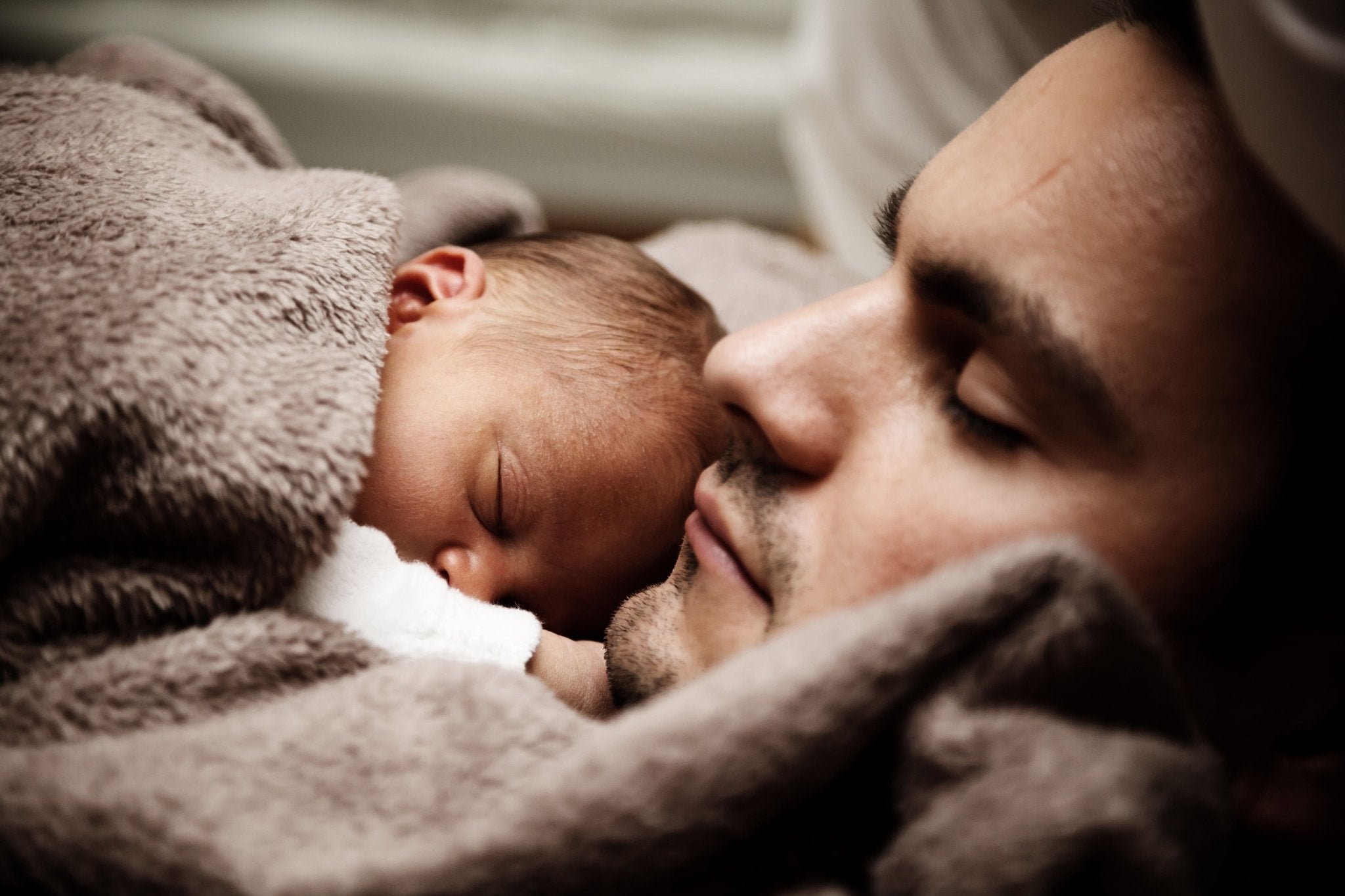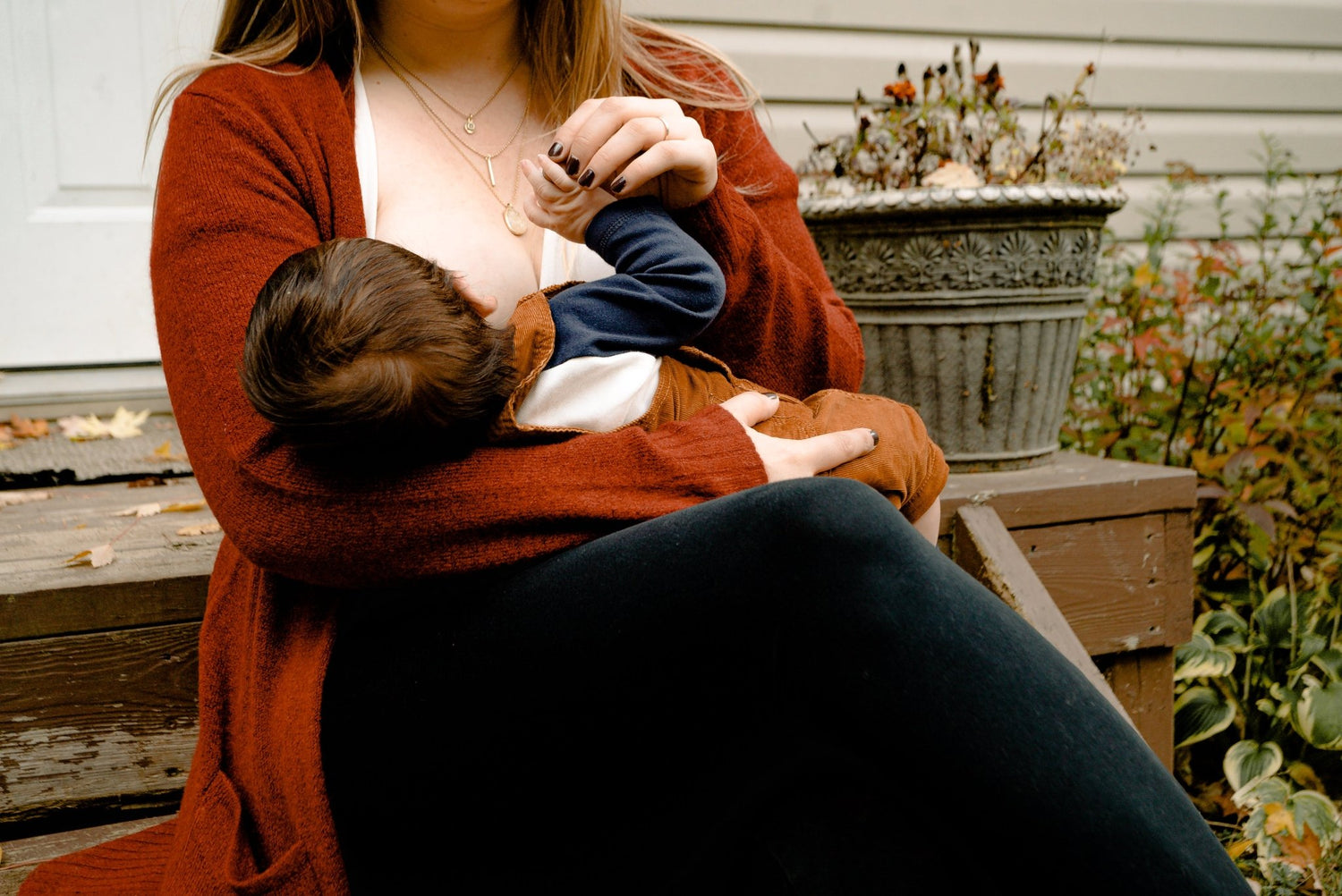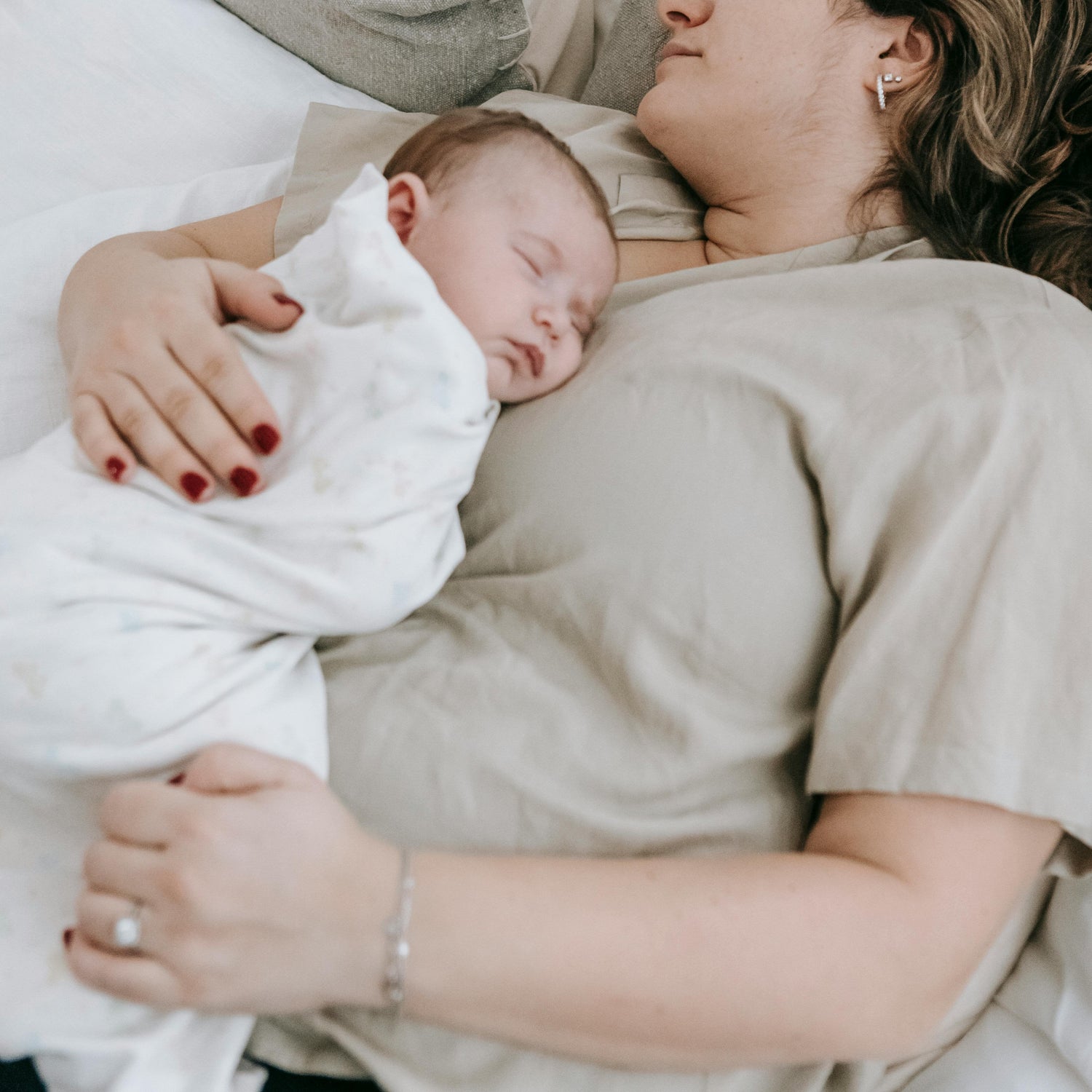Customizing the sleeping environment
For many, the question arises: "Where should my baby actually sleep?" There are numerous possibilities for this. Starting with the master bedroom or the children's room. Or the choice of bed: side bed, cot, bassinet or cradle. Above all, how should the bed be designed? And what about the family bed again?
|
Table of contents:
3. So much for the theory |
1. The right sleeping environment for babies
In general, the focus is on the subject of the sleeping environment, as this plays an important role in avoiding sudden infant death. Therefore, the following sleeping environment is clearly recommended for the first 12 months:
1.1. Smoke Free

Clearly, the room must be non-smoking. What is a health hazard for us adults is even more true for our children - self-explanatory!
1.2. Master bedroom
The child should sleep in the master bedroom. On the one hand, children want to be close to their parents in order to get a good night's sleep. The even breathing of the parents has a calming effect on the child. But the parents themselves also have better control over their child if it comes to (breathing) distress and can intervene more quickly. It is also convenient - especially for breastfeeding mothers - when the baby is within reach. An extra bed is often an ideal option for this, especially in the first few months.
1.3. The right room temperature
The ideal room temperature for babies is between 18 and 20 degrees Celsius. Make sure that the room is neither too warm nor too cold to ensure the baby's well-being. The room should also be ventilated sufficiently (shock ventilation) to ensure good air circulation. Make sure that the cot is not placed near open windows or doors to avoid draughts.

1.4. Avoiding the risk of suffocation in the cot
The cot must be safe. It doesn't matter whether it's a classic cot, a bassinet or a cradle. Basically, you are free to choose, but you should make sure that the sleeping area is safe. This means that, apart from a mattress, nothing belongs in the cot. Especially no cuddly toys or cuddly blankets in which the little ones can bury their faces. The duvet or pillow do not belong in the cot either - the risk of them pulling the duvet over their head or burying their face too deeply into the pillow is too great.
To be on the safe side in the cot, baby sleeping bags are a very good alternative. If the sleeping bag size is chosen correctly, babies cannot slip in or out of the sleeping bag at night. The risk of overheating due to covering the face can therefore be largely eliminated. Colds can also be ruled out, as babies cannot cover themselves up at night by kicking and moving around a lot. Sleeping bags are therefore a good alternative to baby blankets or bumper pads.1.5. Beware of choking hazards
The bed must be designed to be safe. It doesn't matter whether you choose the classic cot or the bassinet or cradle. In general, you are free to make your own decision, but you should make sure that the sleeping place is safe. This means that apart from a mattress, nothing is lost in the bed. Above all, no cuddly toys or comforters in which the little ones can bury their faces. But nests should also be left out so that the air can circulate well. In addition, the duvet or pillow should also be banned, the danger is too high that they pull the blanket over their heads or bury themselves too much with their face in the pillow. Sleeping bags are a great alternative.
1.5. Right clothes
The child should not be too warm or too cold under the sleeping bag. This statement cannot be generalised. Every child has a different sensation of warmth and cold. However, sleeping bags often have recommended TOG values and different linings for each season. Winter sleeping bags are brushed on the inside and have a thicker material, while light and breathable materials are chosen for summer sleeping bags. The TOG values vary between 0.5 TOG in summer and 2.5 TOG in winter. Parents know their children best and should act individually. However, there is a tendency to dress children too warmly, so it is particularly important to ensure that they do not overheat. The neck should be comfortably warm.
Important: Hands and feet are often cold, but this is not a sign of the baby's general well-being, as they cannot yet be supplied with blood on their own in the first few months!
1.6. family bed

The family bed is becoming more and more popular. Sure, the children want to be close and can sleep best close to their parents. It is also often nice for the parents to be close to the child. It is also the most convenient for breastfeeding, as the mother can breastfeed while lying down while continuing to sleep. Opinions on this are divided. Of course, the family bed harbors various dangers. Parents' blankets and pillows are potential suffocation hazards. In addition, the child may be crushed or fall out of bed. It should therefore be ensured that the bed offers sufficient space and that there is sufficient protection against falling out.
2. Restful baby sleep through the right sleeping environment
To summarise, it can be said that creating the right sleeping environment for babies is of crucial importance. It's not just about safety and comfort, but also about the feeling of security and loving care. By choosing the right materials for baby clothes and bed linen, carefully controlling the room temperature and creating a smoke-free sleeping environment, you can offer your baby a cosy and restful night's sleep. A loving sleeping environment not only creates a healthy sleep, but also the basis for trust and bonding between parents and child.
3. So much for the theory
When Leon then started to sleep in his bed, we used the cot in the meantime, but as an extra bed. So we basically removed one side of the bars from the crib and pushed it directly to our bed. There was still nothing to be found in the bed except for the mattress and Leon in the sleeping bag. So that there was still a small boundary between us, I put the nursing pillow between us. Knowing full well that the nursing pillow posed a choking hazard.
At that point, however, Leon was old enough to turn around. I thought it wouldn't be that bad. As expected, Leon has chosen the nursing pillow as his cuddly pillow. How else should it be? He literally buried his face in it. Great! So I wanted to take it away again, of course he couldn't sleep without it. So I let him. I have to say that I was obsessed with sudden infant death syndrome and that Leon wore a small sensor on his diaper that would activate if he stopped breathing. So I was reassured. At about nine months, the part broke and failed umpteen times. Then I threw it in the trash and banned the breastfeeding pillow at the same time. Unfortunately, Leon couldn't and couldn't sleep anymore. I had to think of an alternative.
It's a good thing that we got about ten cuddle cloths as gifts for the birth. So I inspected them carefully. I put each one on my face to see if you could breathe, so I picked one that was very, very thin and even though he buried himself in it, he could still breathe. Luckily he accepted it straight away. To this day, Leon still sleeps in bed without frills and with a sleeping bag, but the nursing pillow is now back in bed. I don't even know why I brought it back. However, my fear of choking is gone. And he uses the nursing pillow as a pillow. His cuddle cloth, the "little bear", MUST be with him when he sleeps and meanwhile everywhere else! Incidentally, Leon's bed is still in our master bedroom to this day. I just find it more comfortable if something happens to him at night.




